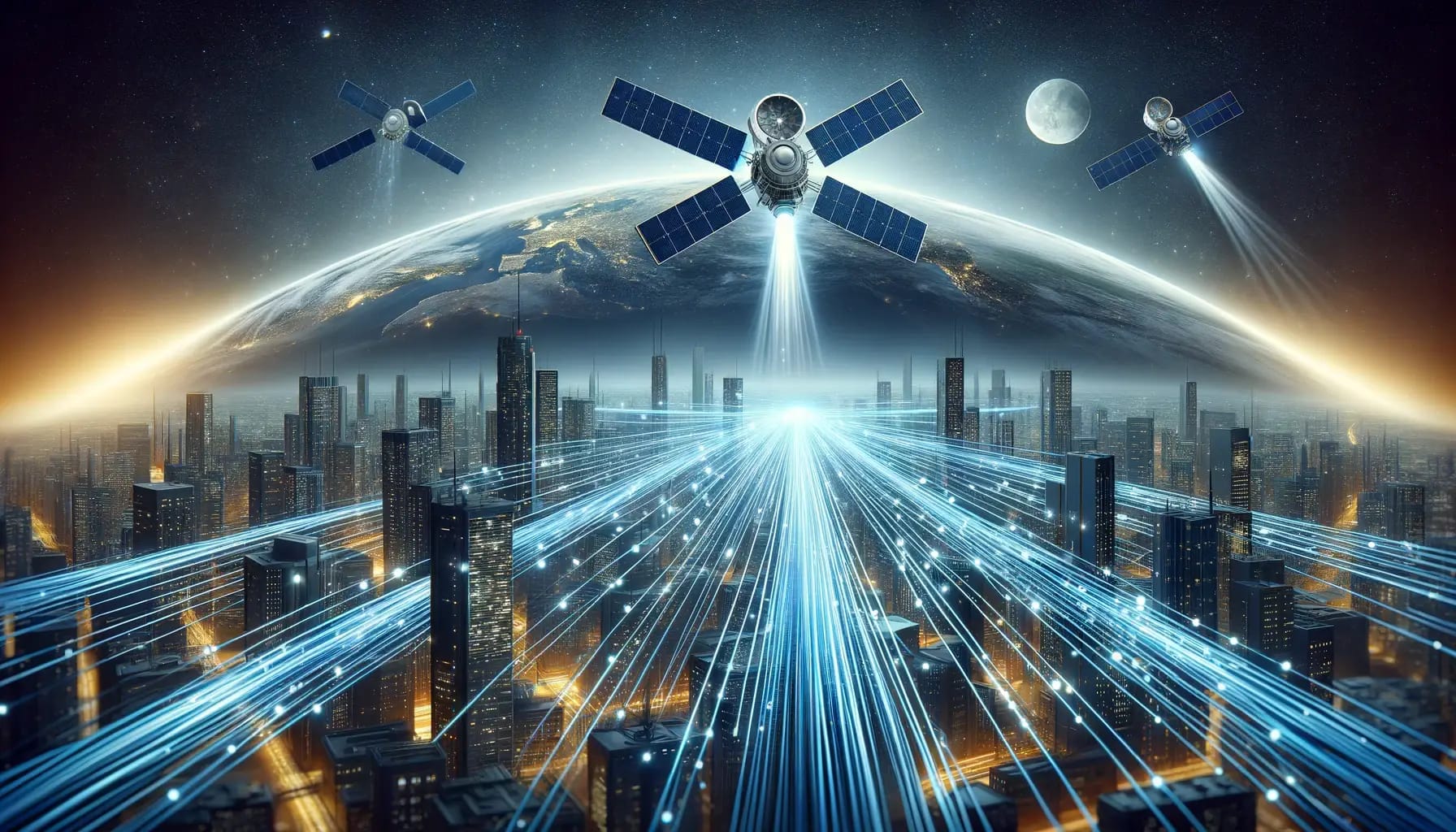Ever wondered why downloading files isn't instant, despite the lightning-fast capacity of fiber optics? 🤔
Even though a single optical fiber can carry vast amounts of data, the actual download speed you experience can be affected by several factors beyond the physical capacity of the fiber itself:
- Network Congestion: Like rush hour traffic, data highways can get jam-packed, slowing everyone down.
- ISP Bandwidth Limits: Your Internet Service Provider’s plan may cap your speeds, far below the fiber’s potential.
- Data Throttling: ISPs might reduce speeds after you hit a data usage limit or during peak times to manage network traffic.
- Server Constraints: The server’s capacity to send data and its current load can limit your download speed.
- Distance and Latency: The further the data has to travel, the longer it takes, even at the speed of light.
- Home Network Performance: Wi-Fi strength, router quality, and network interference can impact your connection.
- Device Capabilities: The efficiency of your device in handling high-speed data also plays a crucial role.
In the vast ecosystem of internet connectivity, many factors influence the speed of our digital experiences. While the backbone of fiber optics provides an incredible capacity for data, real-world speeds reflect a complex interplay of technology, policy, and infrastructure.



